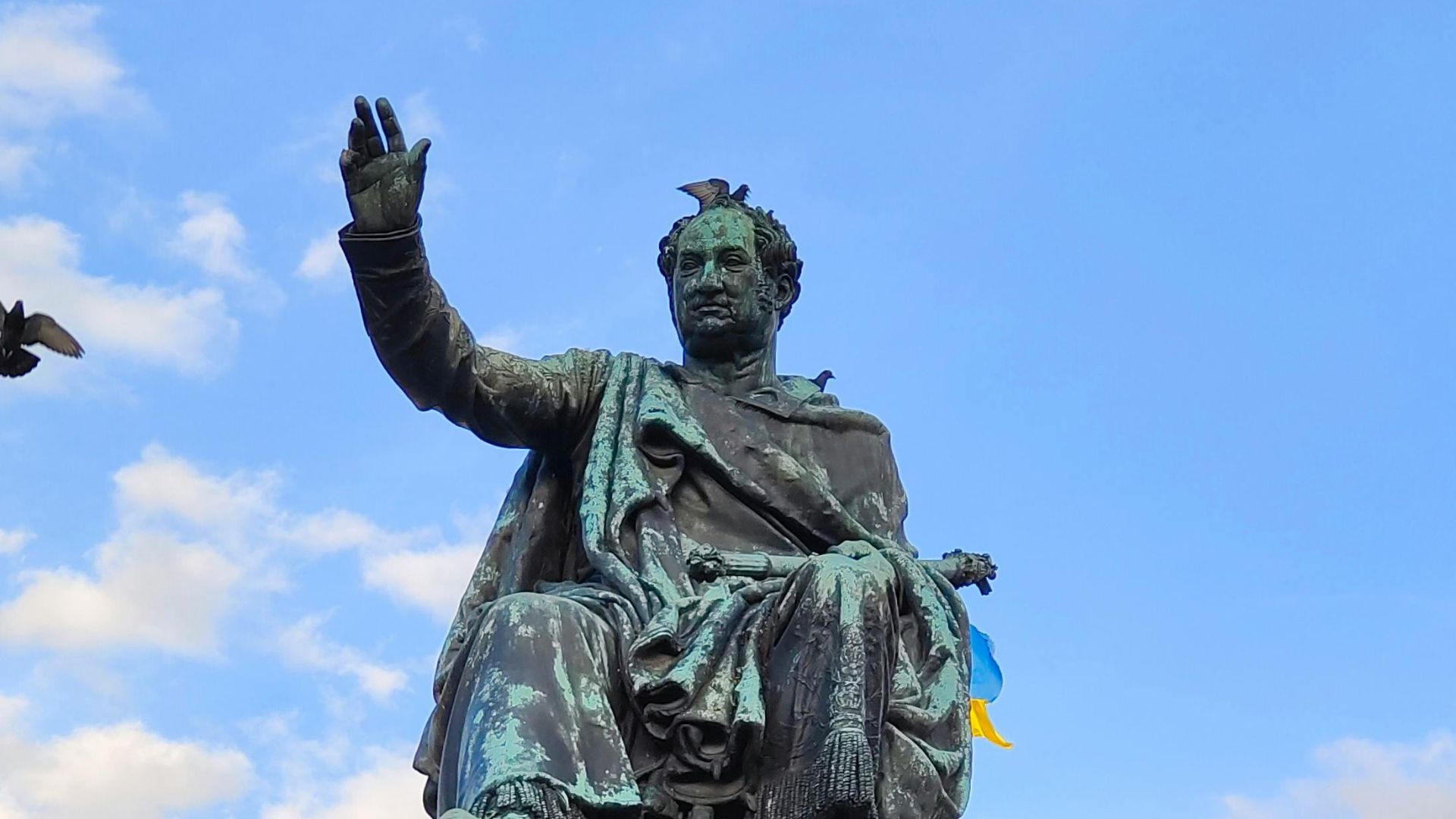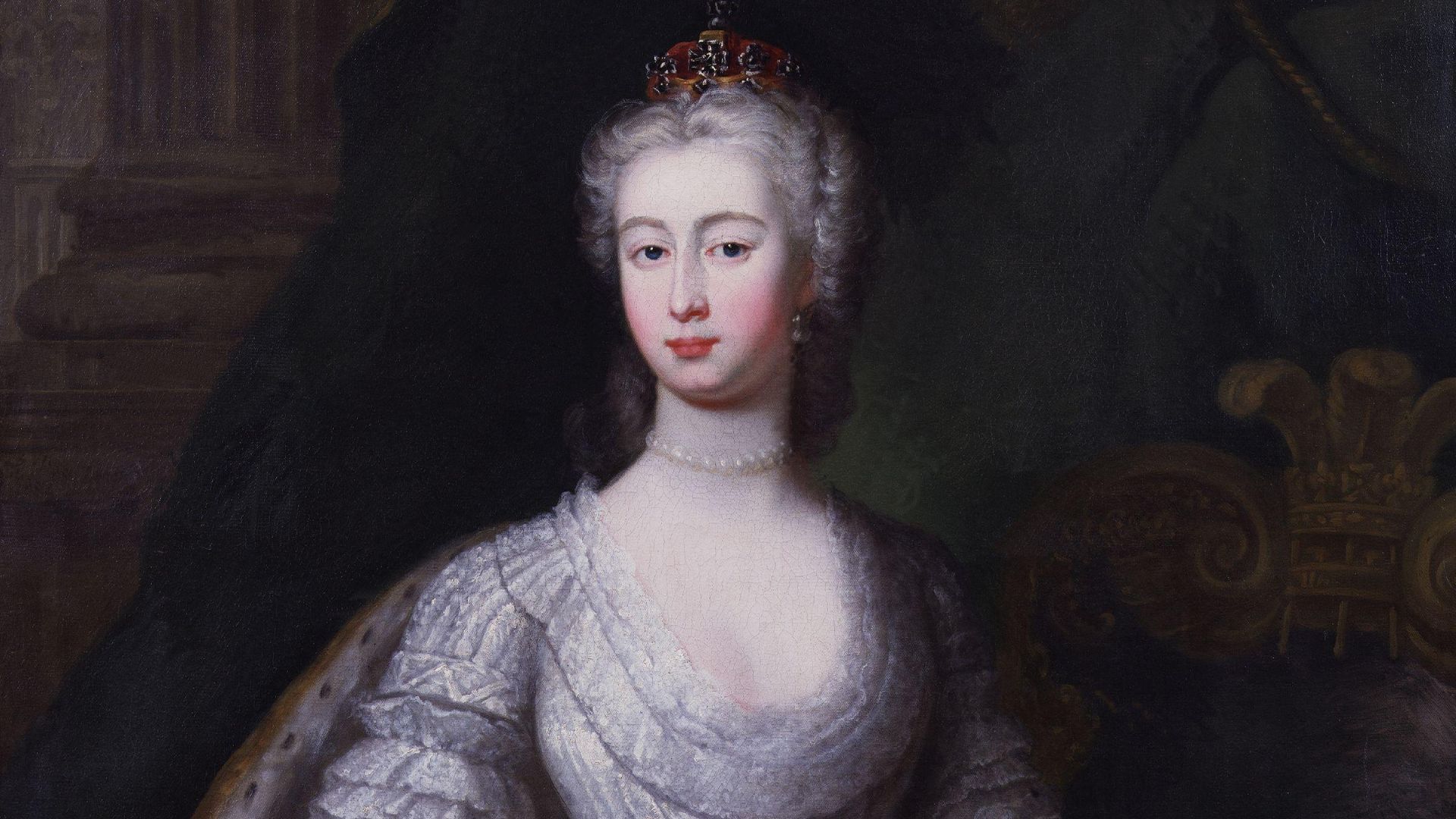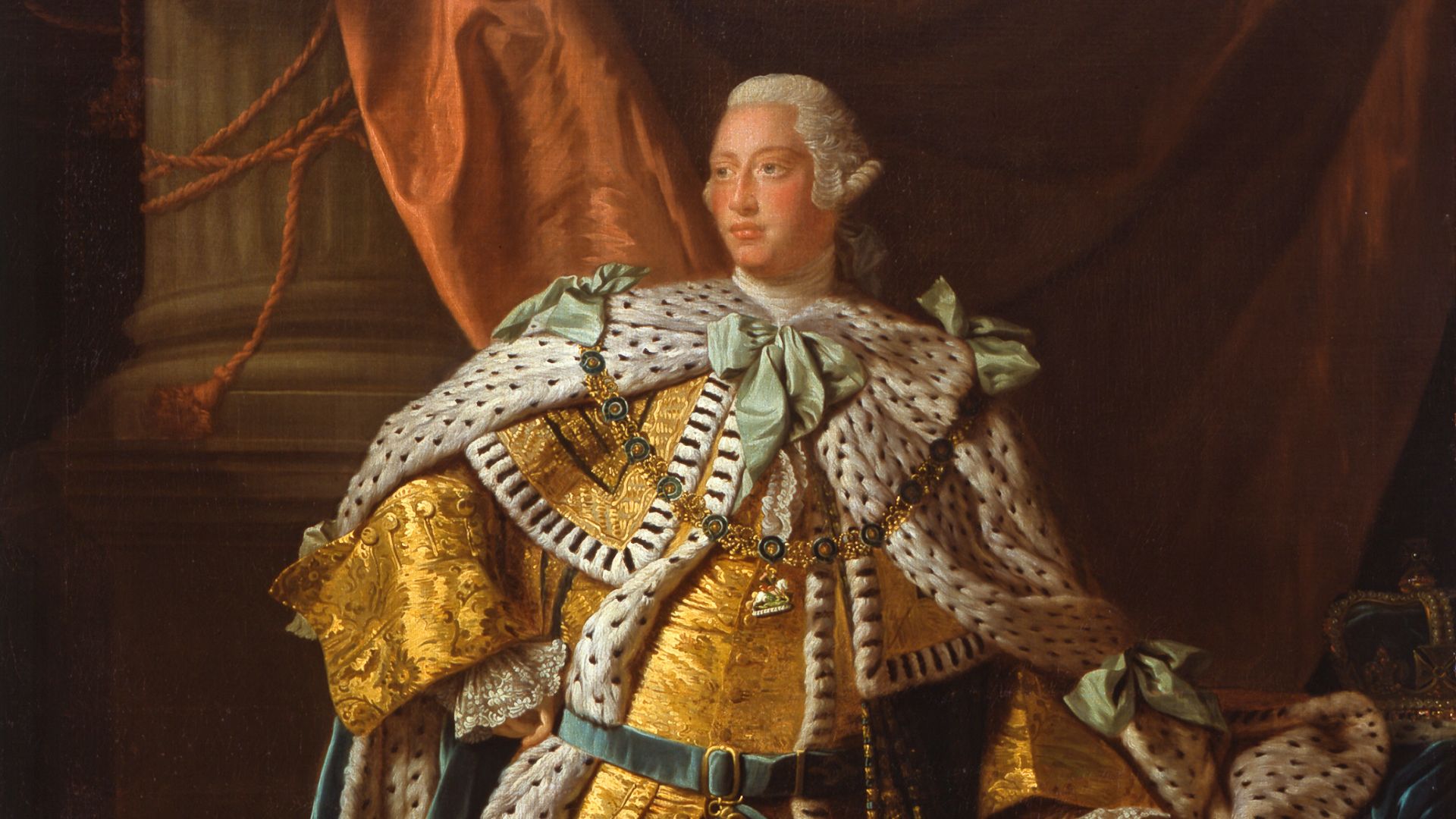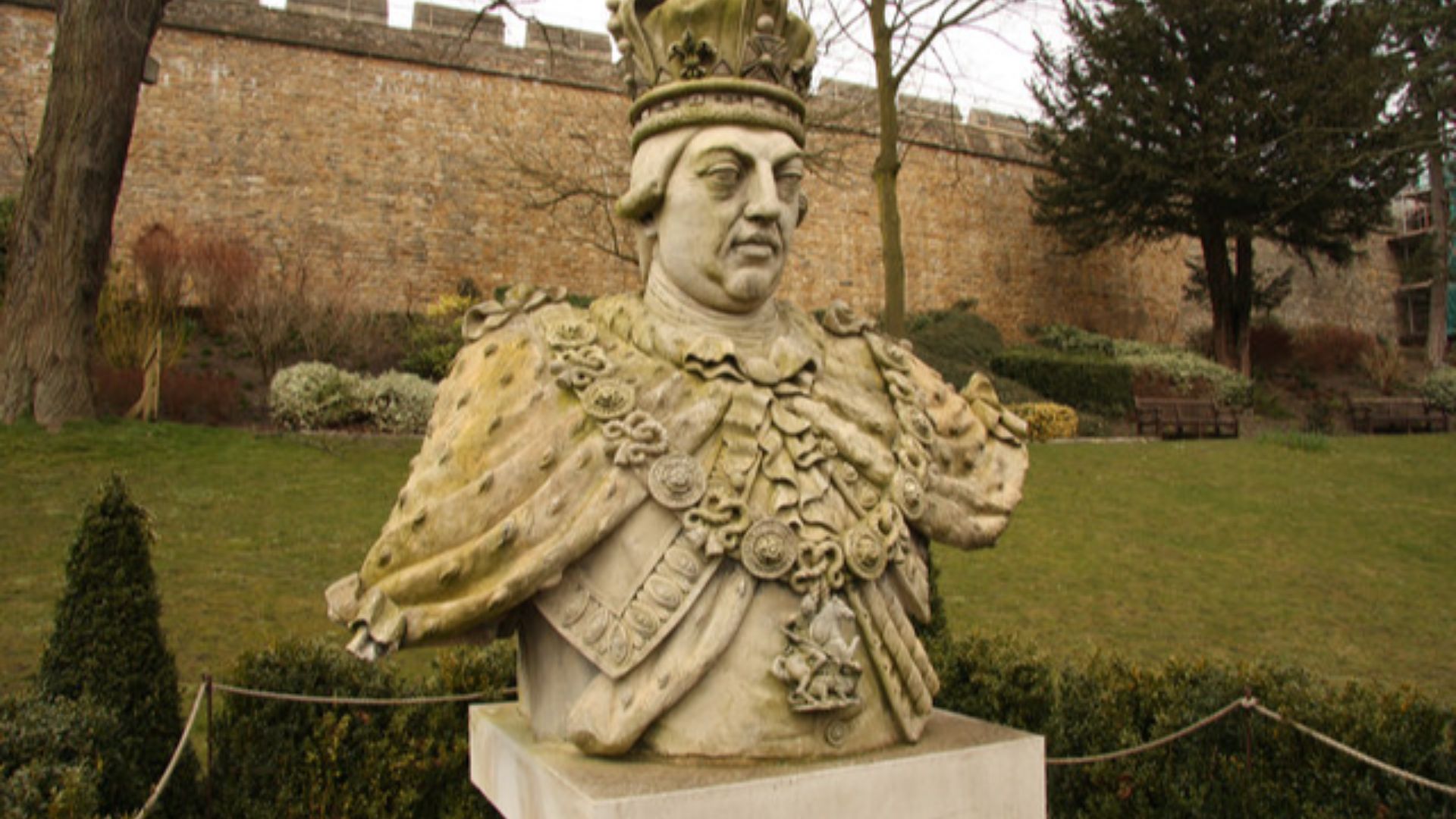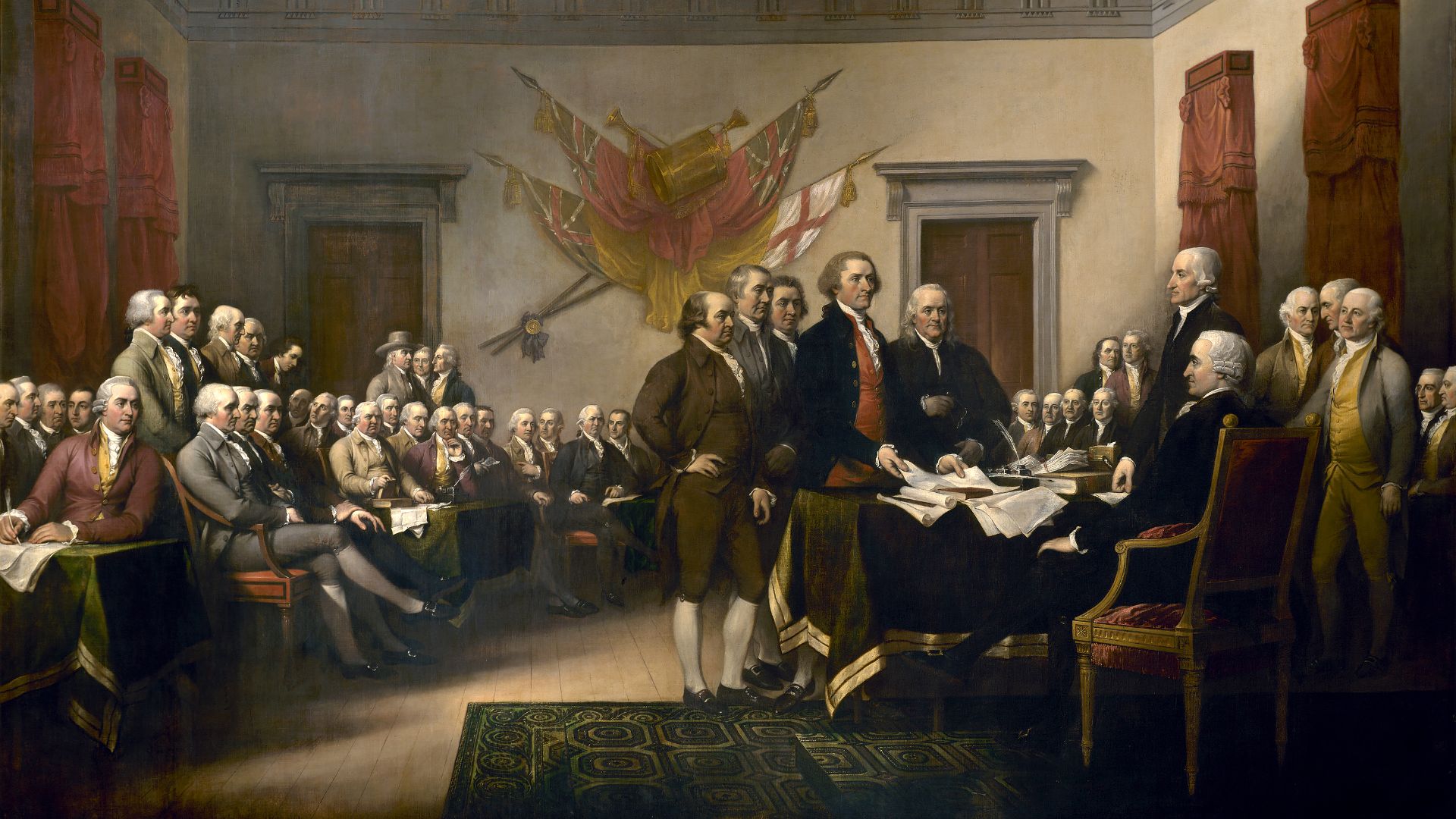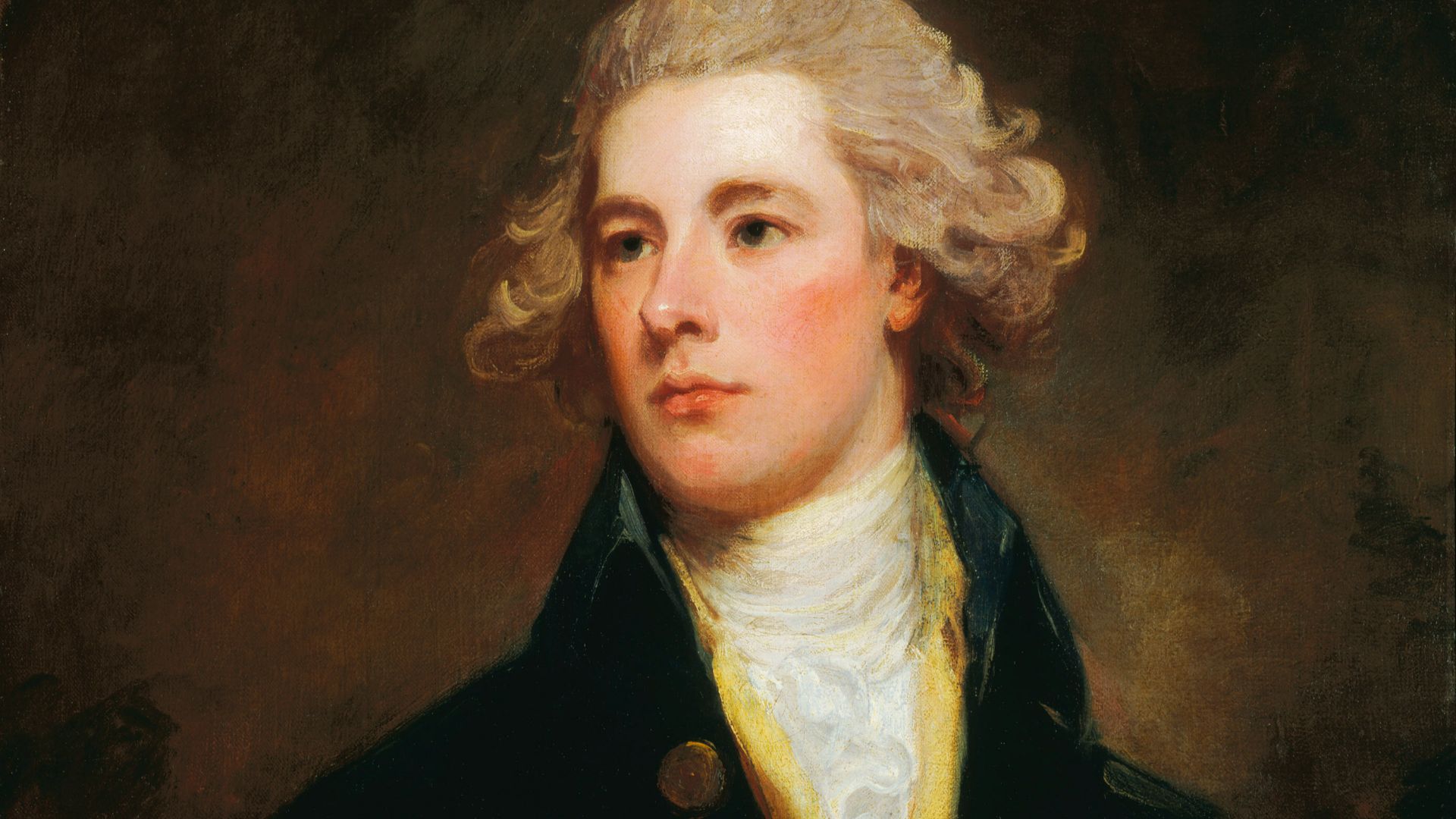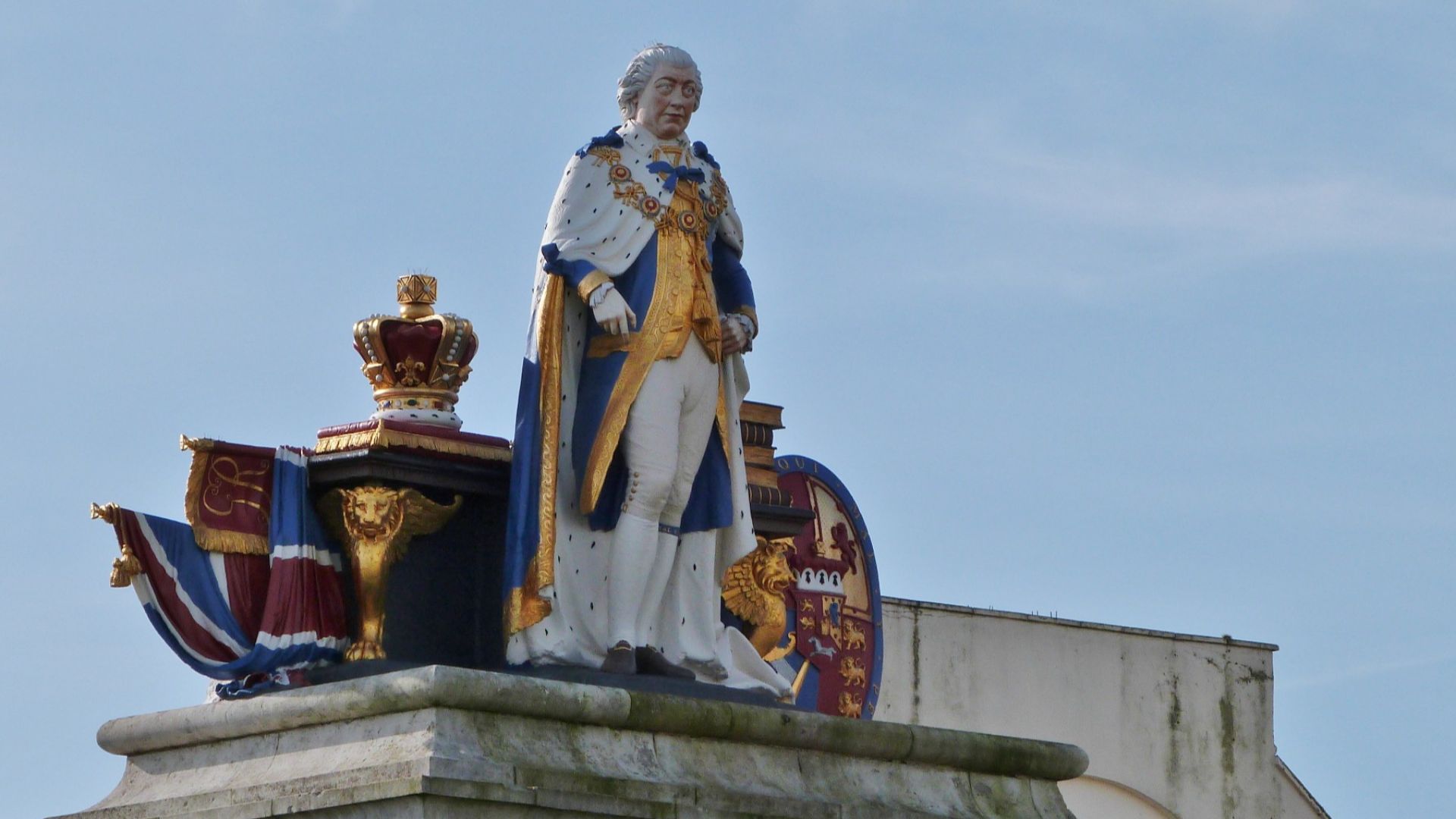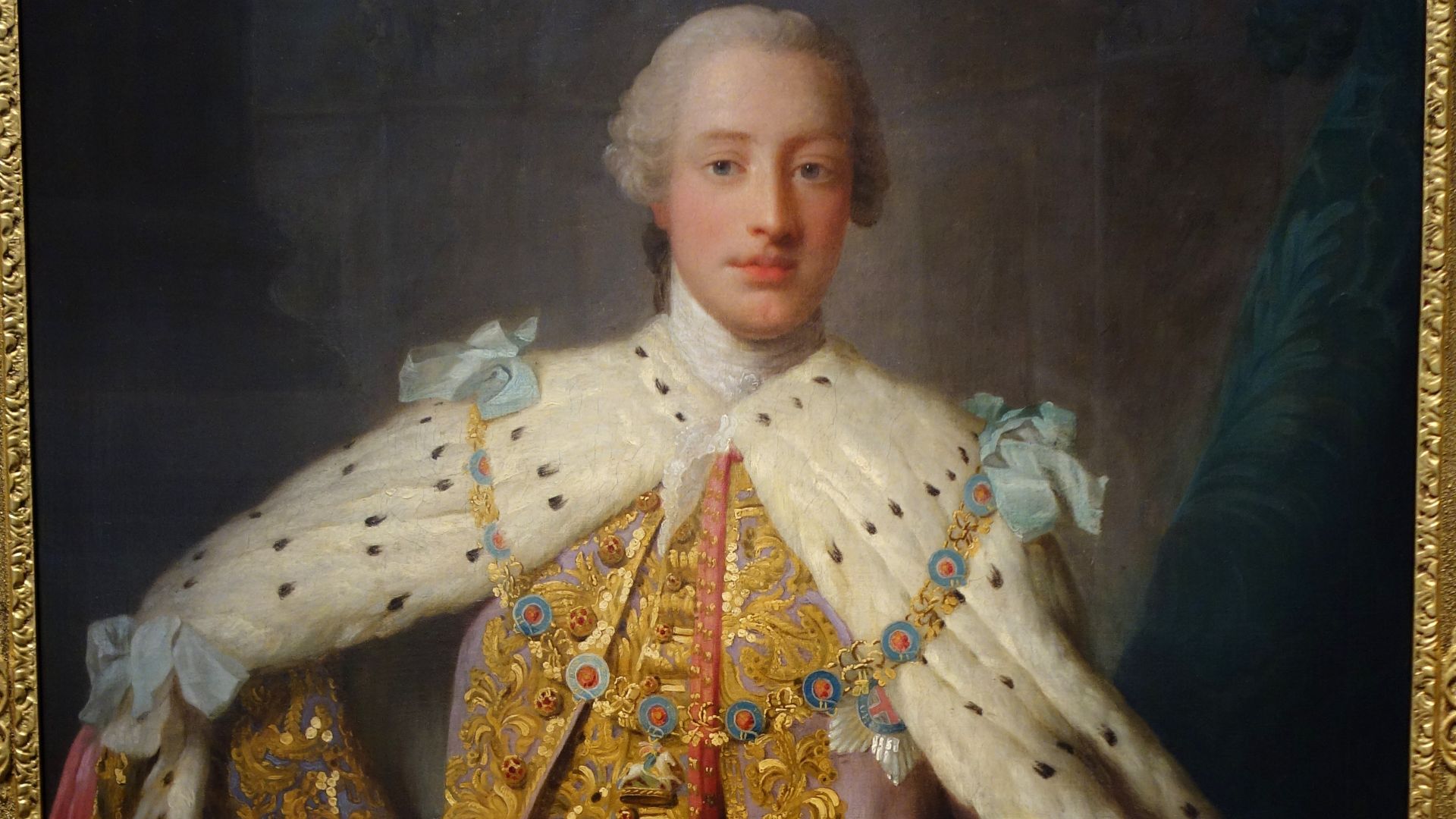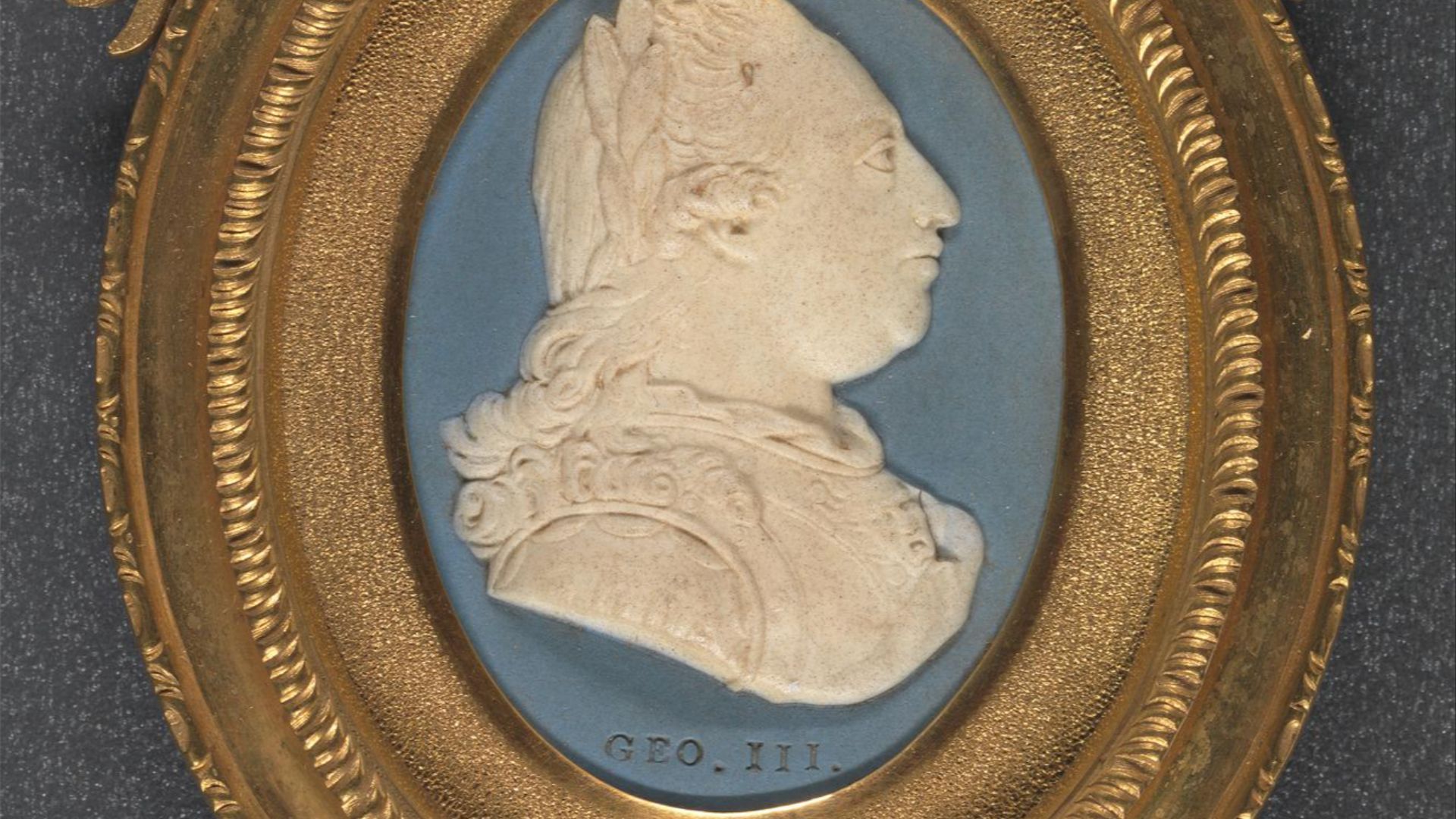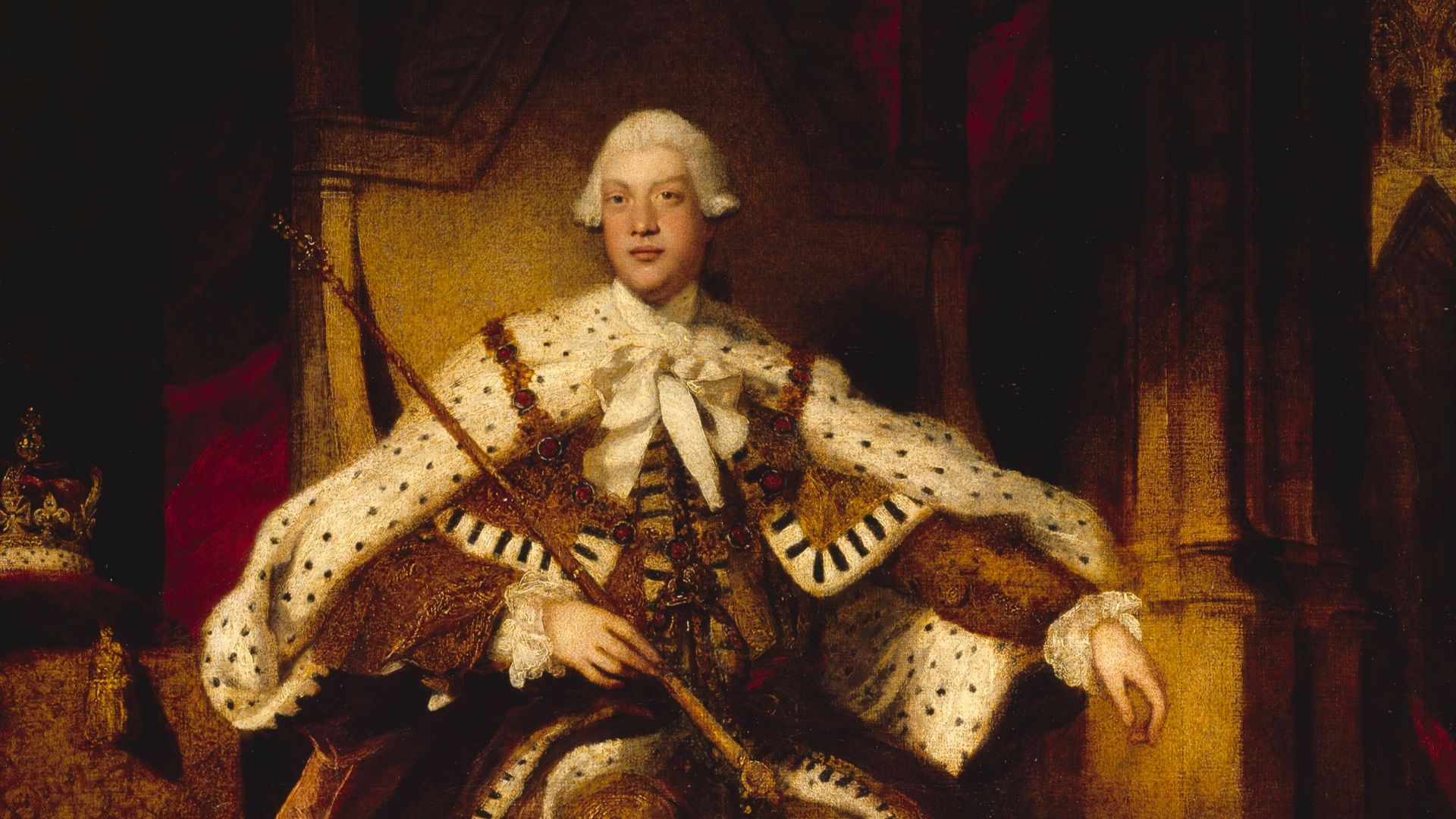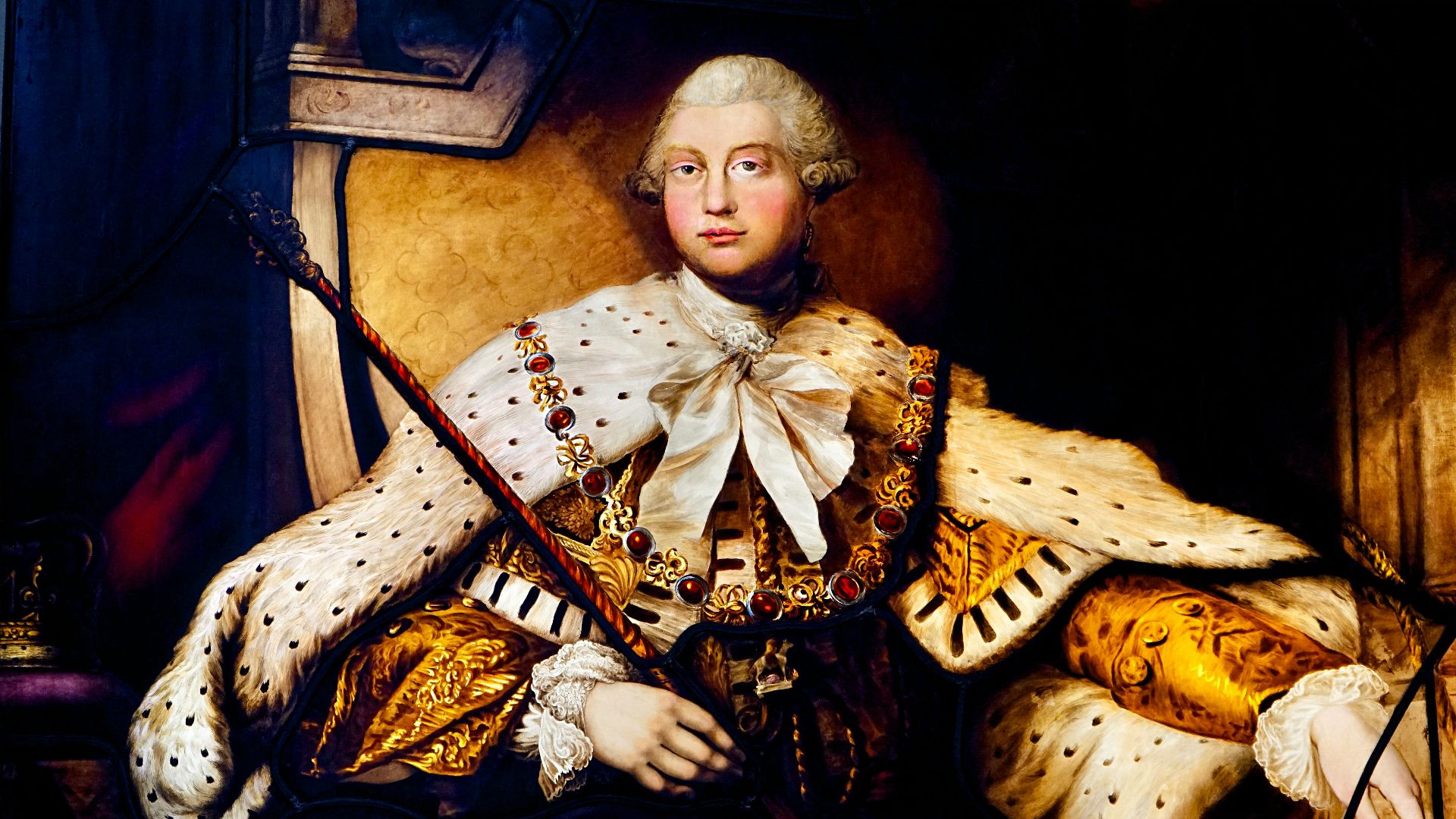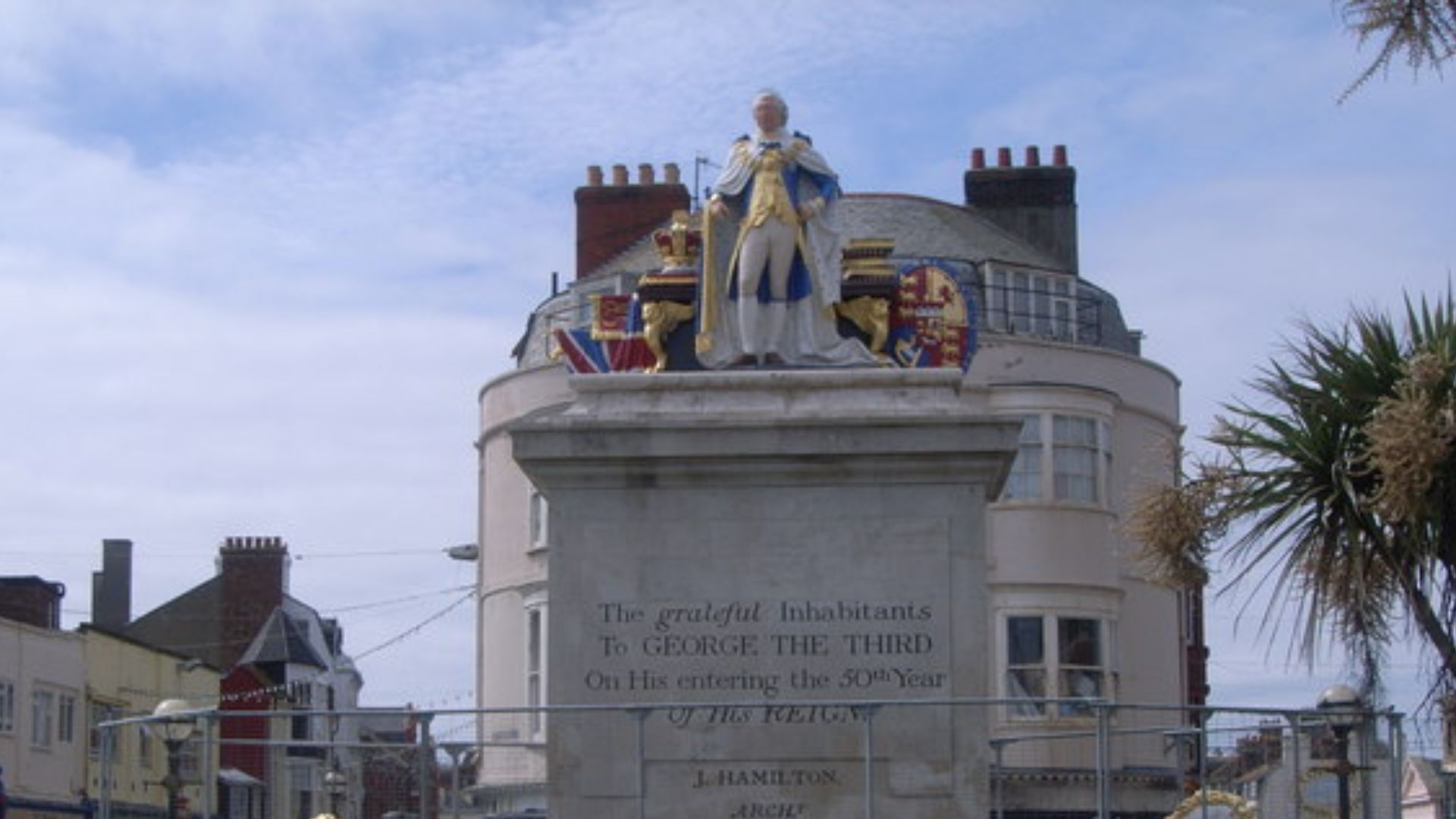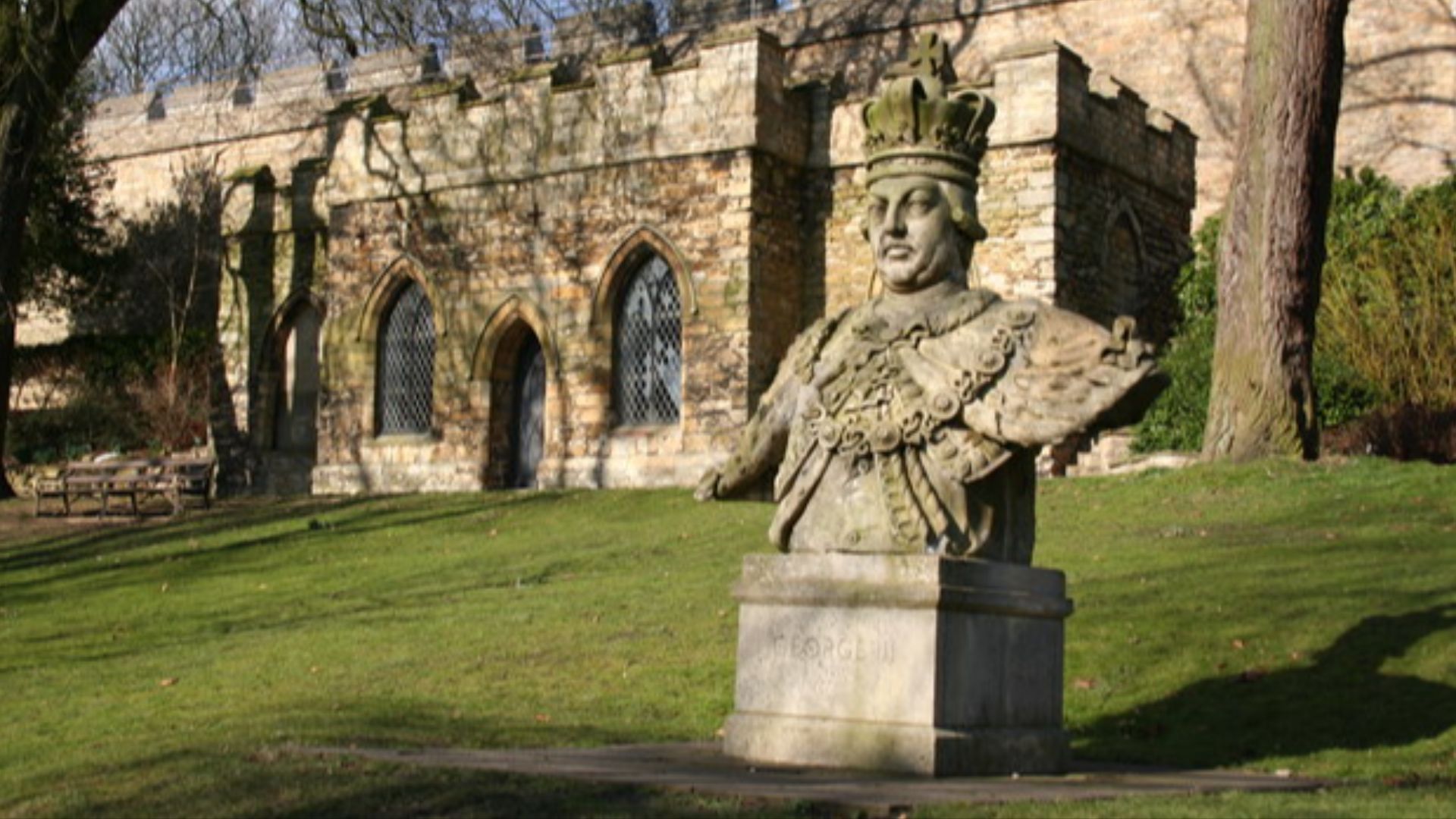The Misunderstood Mad King
When we think of kings and queens of old, we imagine royals trained to be educated, poised, and above all else, role models of perfection their nation can look up to. So when King George III went down in history as "The Mad King," it leaves you wondering what it was about him that garnered such a terrible title. Let's unravel the sad truths behind this great king and the struggles he faced on the throne together.
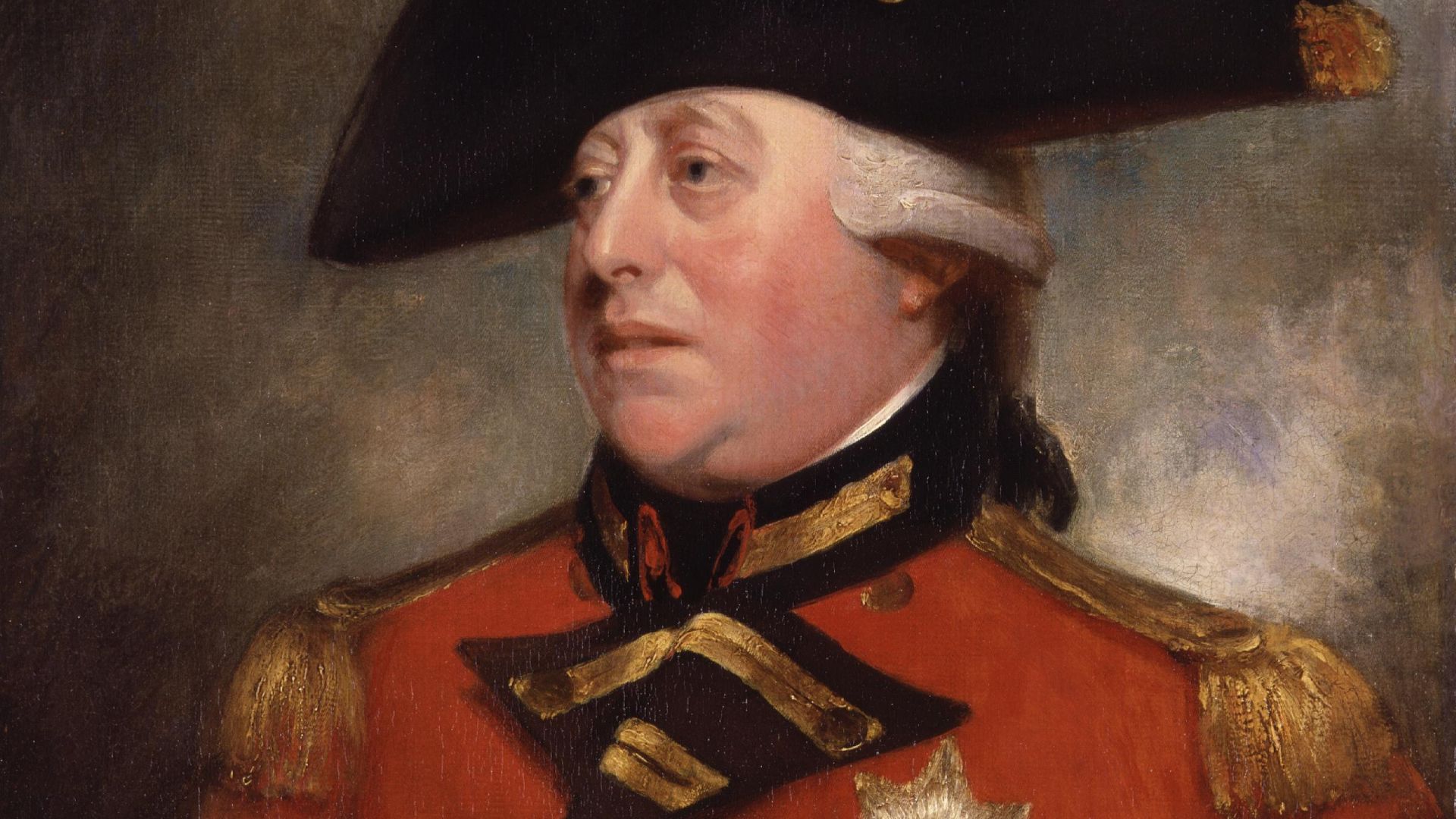 Workshop of William Beechey on Wikimedia
Workshop of William Beechey on Wikimedia
1. Trouble At Birth
Things already started out pretty rocky for George as he took his first breath on June 4, 1738 in St. James's Square, London. It was a premature birth by approximately two months, which led doctors to initially believe he wasn't fit to survive. But against all odds, he grew into a healthy young boy, albeit a bit timid and introverted.
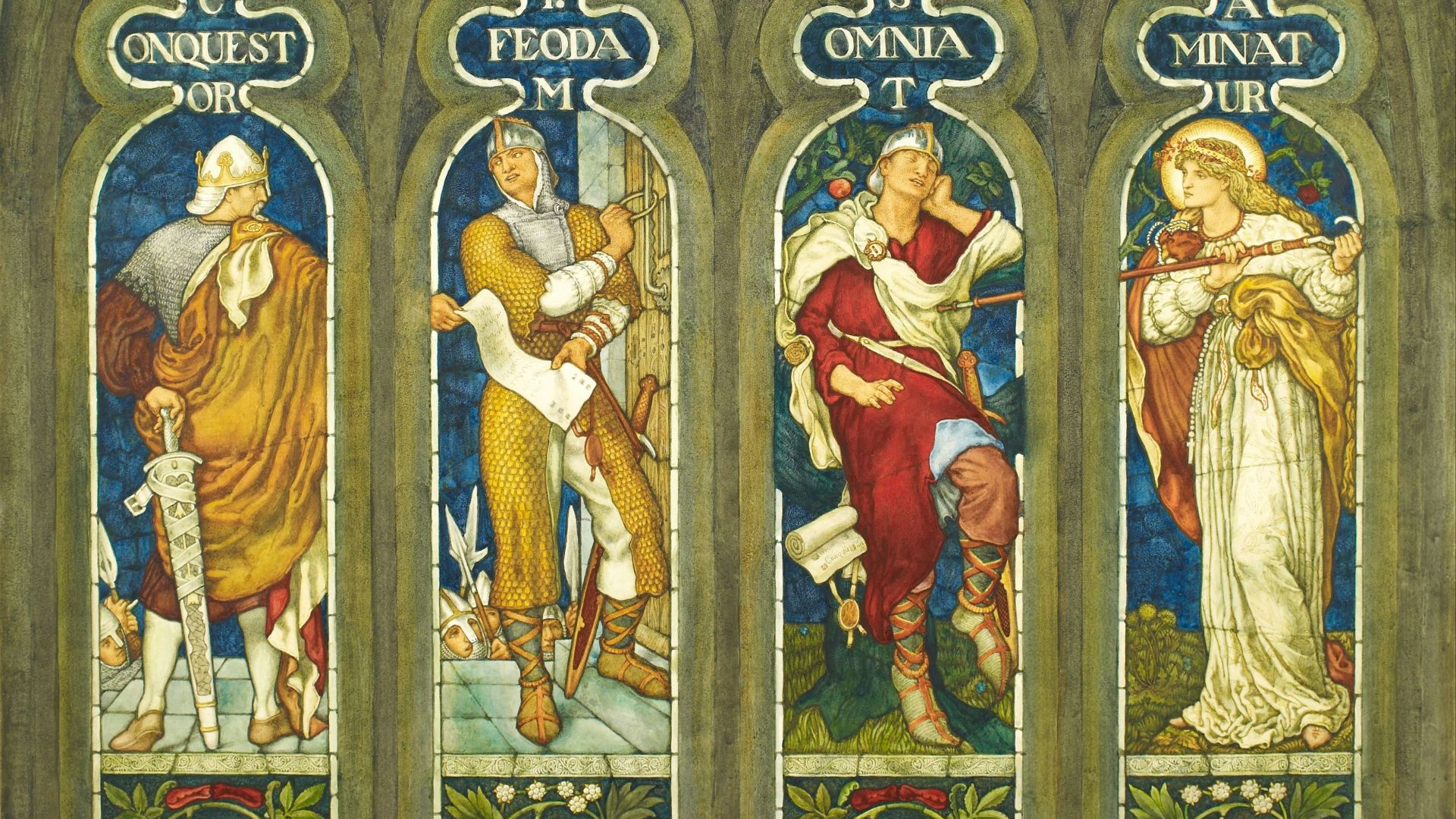 Birmingham Museums Trust on Unsplash
Birmingham Museums Trust on Unsplash
2. A Royal Bloodline
There's nothing wrong with being soft-spoken, but when you're born into a family like his, it may create some problems. He was a part of a special bloodline — his grandfather was King George II and his father was Frederick, Prince of Wales. This just meant that at birth, George was already second in succession for the throne. Such a heavy duty would be a burden on anyone's shoulder.
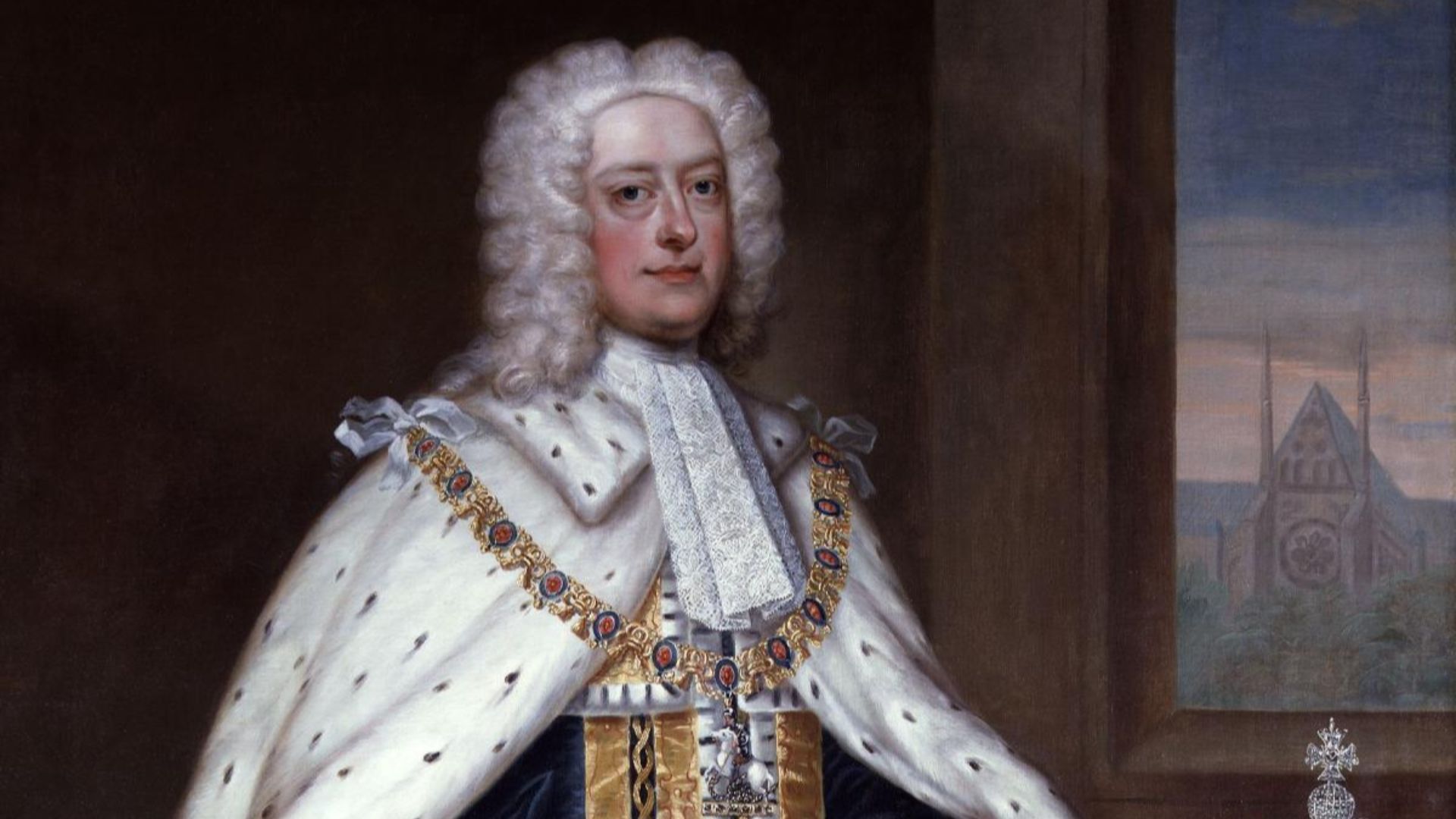 Studio of Charles Jervas on Wikimedia
Studio of Charles Jervas on Wikimedia
3. An Educated Child
And given that George would become king one day, it made sense that he start his education at an early age. Alongside his younger brother, Edward, the two would be taught a variety of subjects by private tutors. It's believed that by a mere 8 years old, George could already speak, write, and read in both English and German. But that wasn't it; he became well-versed in many areas like geography, history, and politics too. What remains most impressive is he was the first British monarch to learn sciences in his studies.
4. A Sudden Death Changed The Line Up
But as it turns out, even royals have to deal with family drama. King George II largely ignored the family due to his rocky relationship with his son. But when Frederick died rather suddenly in 1751 after a serious lung injury (which was falsely believed to have been caused by a cricket ball), George was instantly next in line for the throne. With his son now out of the picture, King George II grew more interested in his grandchild, deeming him the new Prince of Wales just 3 weeks after Frederick's untimely death.
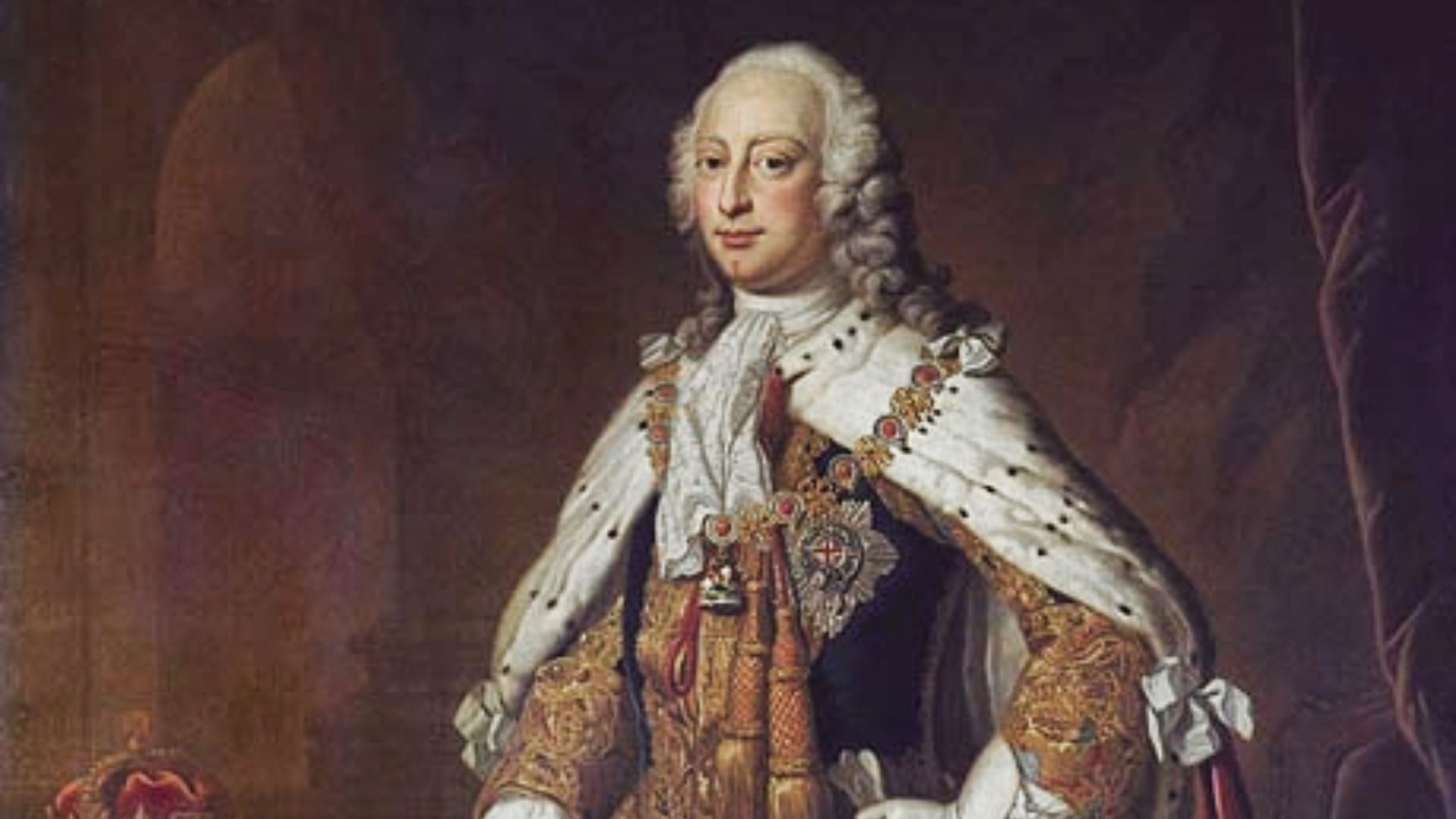 Jean-Baptiste van Loo on Wikimedia
Jean-Baptiste van Loo on Wikimedia
5. Babied By His Mother
After several years had passed, George was now nearing the age of adulthood. When he was nearly 18, King George II suggested he move into the grand palace at St. James's, but was met with a refusal. Following the advice of his mother, George decided to stay home to follow her teachings, which were widely criticized by the public. She was said to have kept all her children away from society, pushing her strict moral beliefs onto them in complete privacy.
6. His Time Had Come
In the fall of October 25, 1760, another death fell upon the family. This time, it was an even more crucial one. King George II passed away due to thoracic aortic dissection, a serious tear within the aorta's inner layers, leaving George the new king at just 22 years old. Now in charge of the entire nation, the first step he had to take was finding a suitable bride to rule by his side.
7. A Sudden Arrangement
Though George was infatuated with a woman named Lady Sarah Lennox a few years prior, he was now searching for something more than just a companion — he was looking for a queen. George's mother eventually settled on asking Princess Charlotte, daughter of the ruling family of Mecklenburg-Strelitz, for her hand in marriage on George's behalf. She accepted.
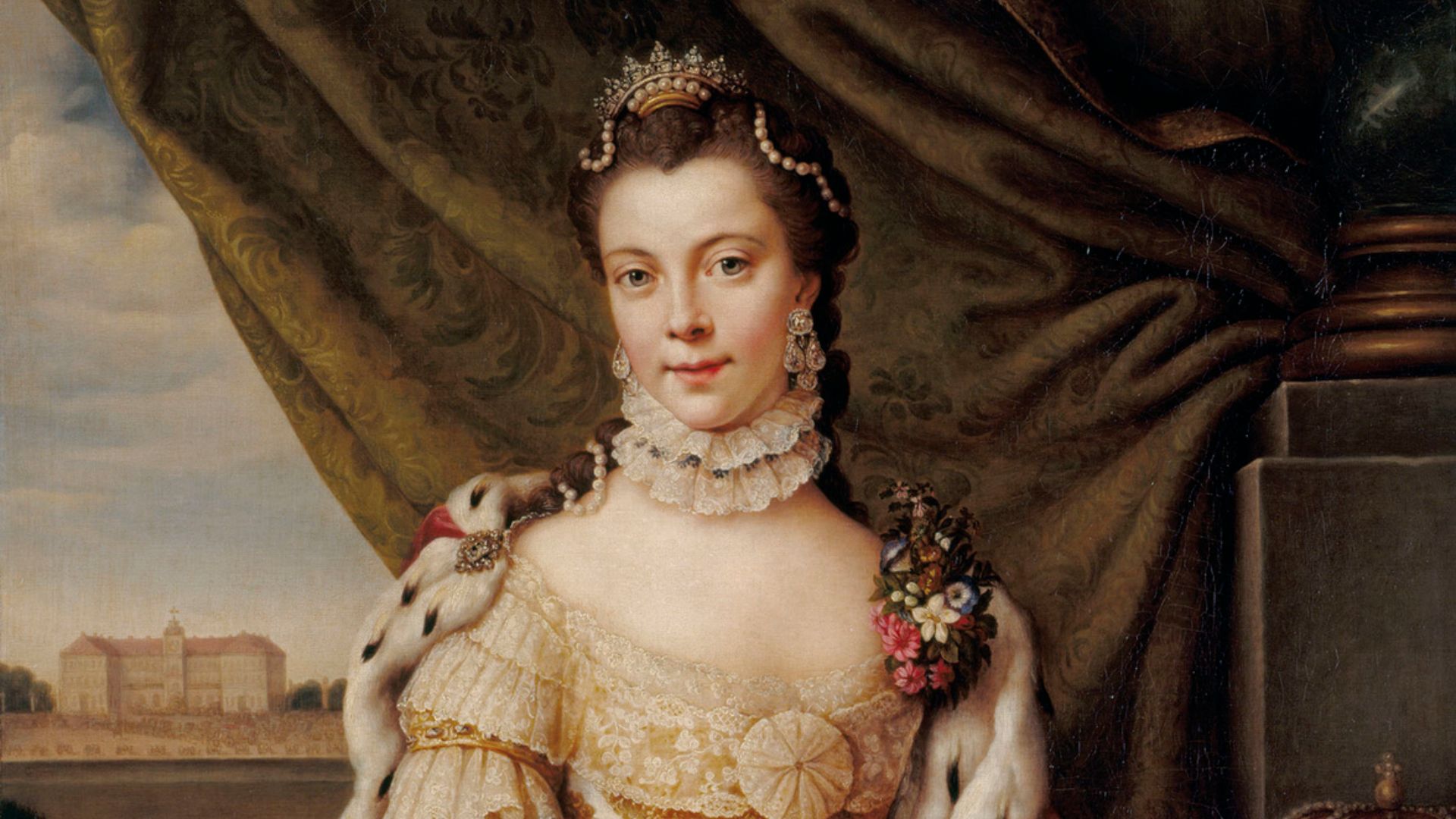 Johann Georg Ziesenis on Wikimedia
Johann Georg Ziesenis on Wikimedia
8. A (Surprisingly) Happy Marriage
Despite everything being a sudden arrangement, Queen Charlotte and King George III were said to have a happy marriage. Shortly after her arrival in September of 1761, the two wed the very same night of their first meeting and had their coronation held just two weeks later. While everything was incredibly rushed, which one would imagine leaves no room for bonding, the two had a loving relationship.
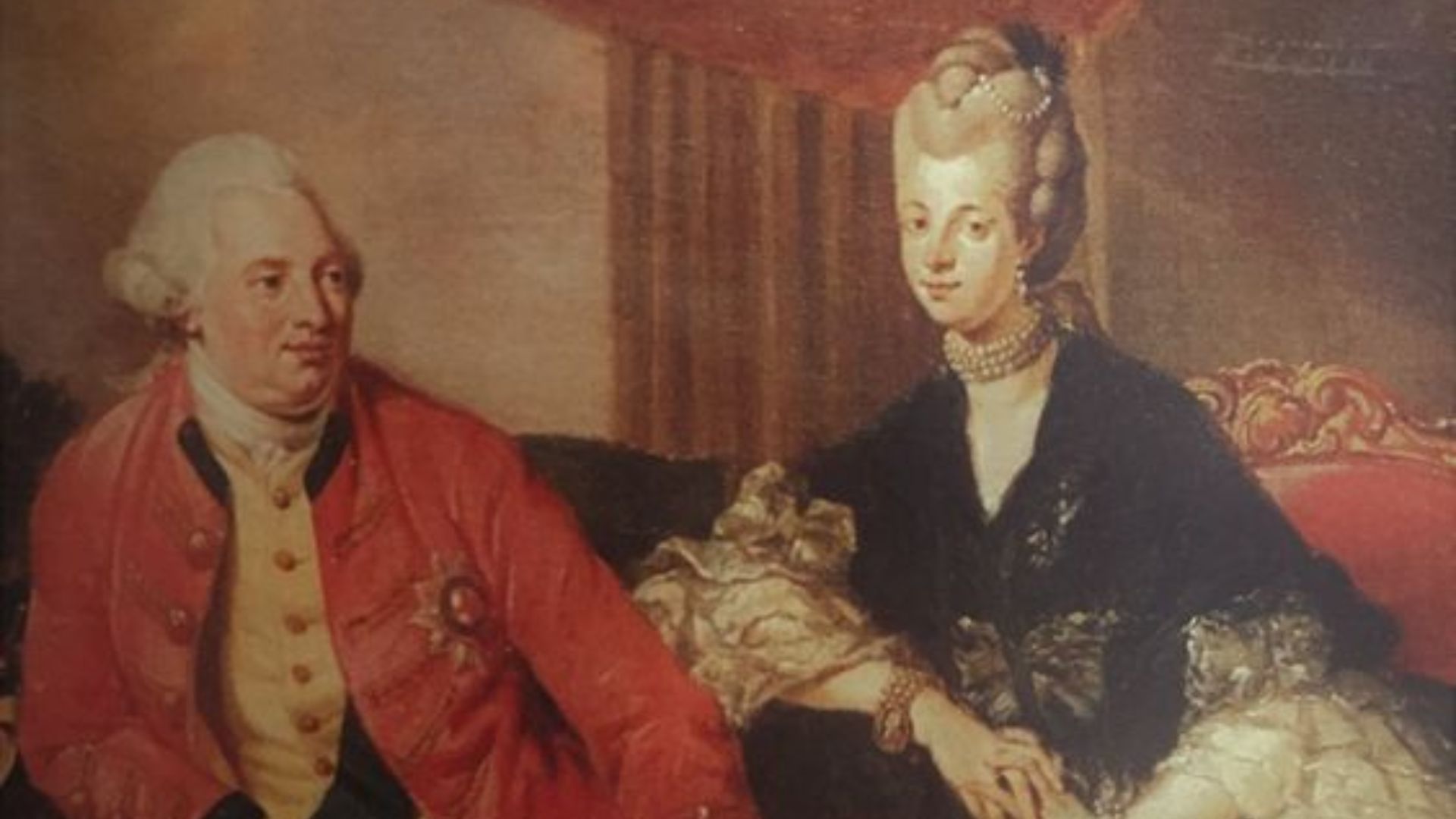 After Johann Zoffany on Wikimedia
After Johann Zoffany on Wikimedia
9. A Massive Family
Throughout their life together, they would have a total of 15 children, leaving their hands full outside their royal duties. King George III is remembered for being a family man who cared for his children's upbringing and loved his wife dearly. He even bought Buckingham Palace as a home to use for family retreats! But as you may have guessed, not everything was as perfect as it sounds.
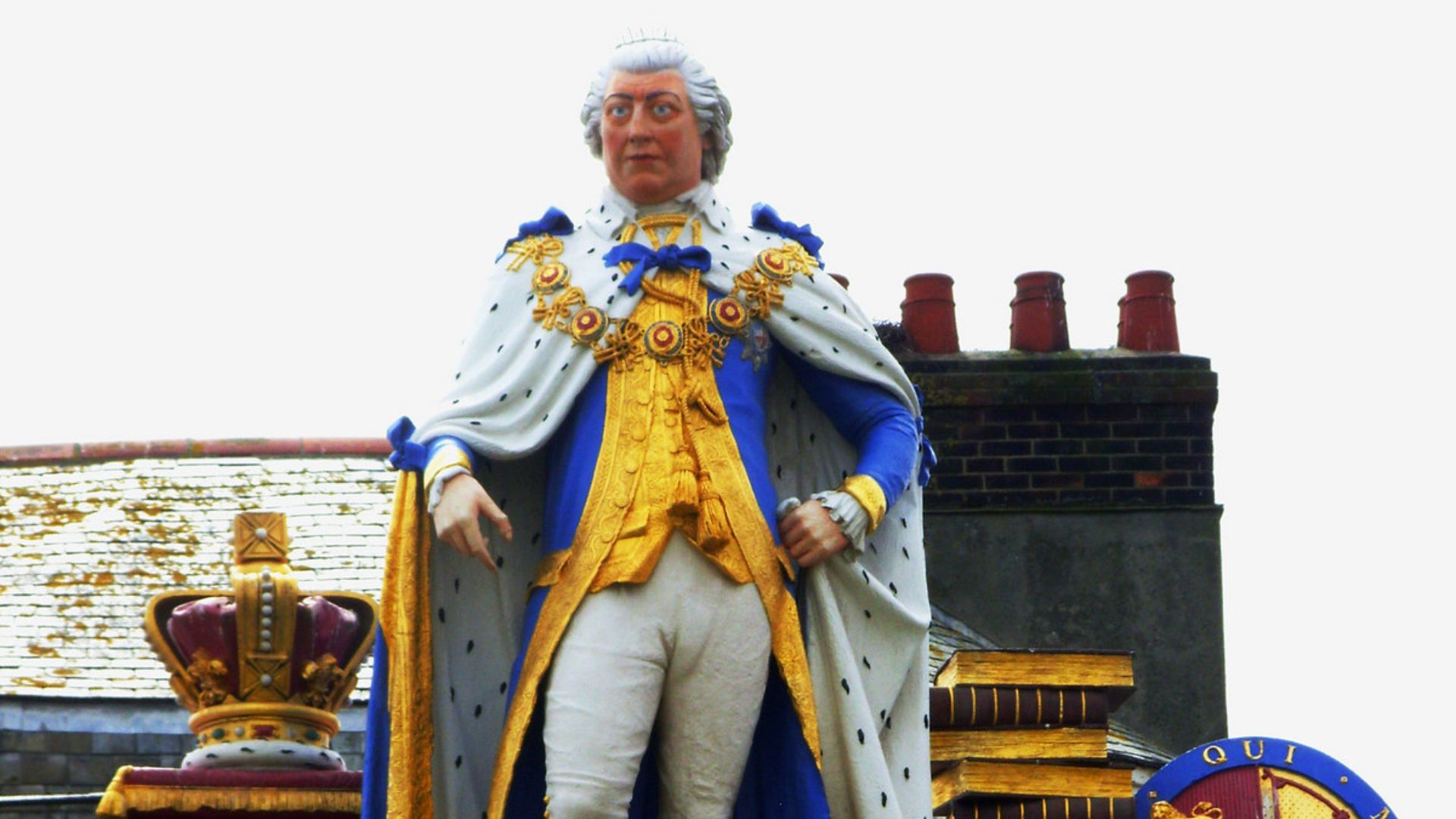 Brian Robert Marshall on Wikimedia
Brian Robert Marshall on Wikimedia
10. A Shaky Start
King George III's initial years on the throne are best described as rather shaky. His reign brought about the Seven Years War which was a complicated conflict that involved other European powers like France and Spain, and he made questionable decisions people weren't fond of. One of which was the Royal Marriages Act 1772 that was not well received by fellow members of Parliament. This law prohibited members of the royal family from getting married until it was approved by the sovereign.
11. The Tyrant
But if there's one thing King George III continues to be noted in history for, it's his role during the American Revolution. Many look back on this moment in history and label him as a tyrant. While some say he was simply following the initiatives created by his ministers, others faulted him for his stubbornness. So what did he do that was so bad it garnered him such a negative image?
12. Poor Decisions
The American Revolution began on April 19, 1775 and led to several years of tough decision-making on the king's part. King George III is mainly accused of keeping the British troops at war, refusing to surrender, and refusing to acknowledge the American's independence. He even went as far as hiring German troops to aid him, which caused plenty of outrage. After the loss in Yorktown in 1781, George found it exceptionally difficult to his accept his loss against the American rebels, even considering abdicating because of his "failure."
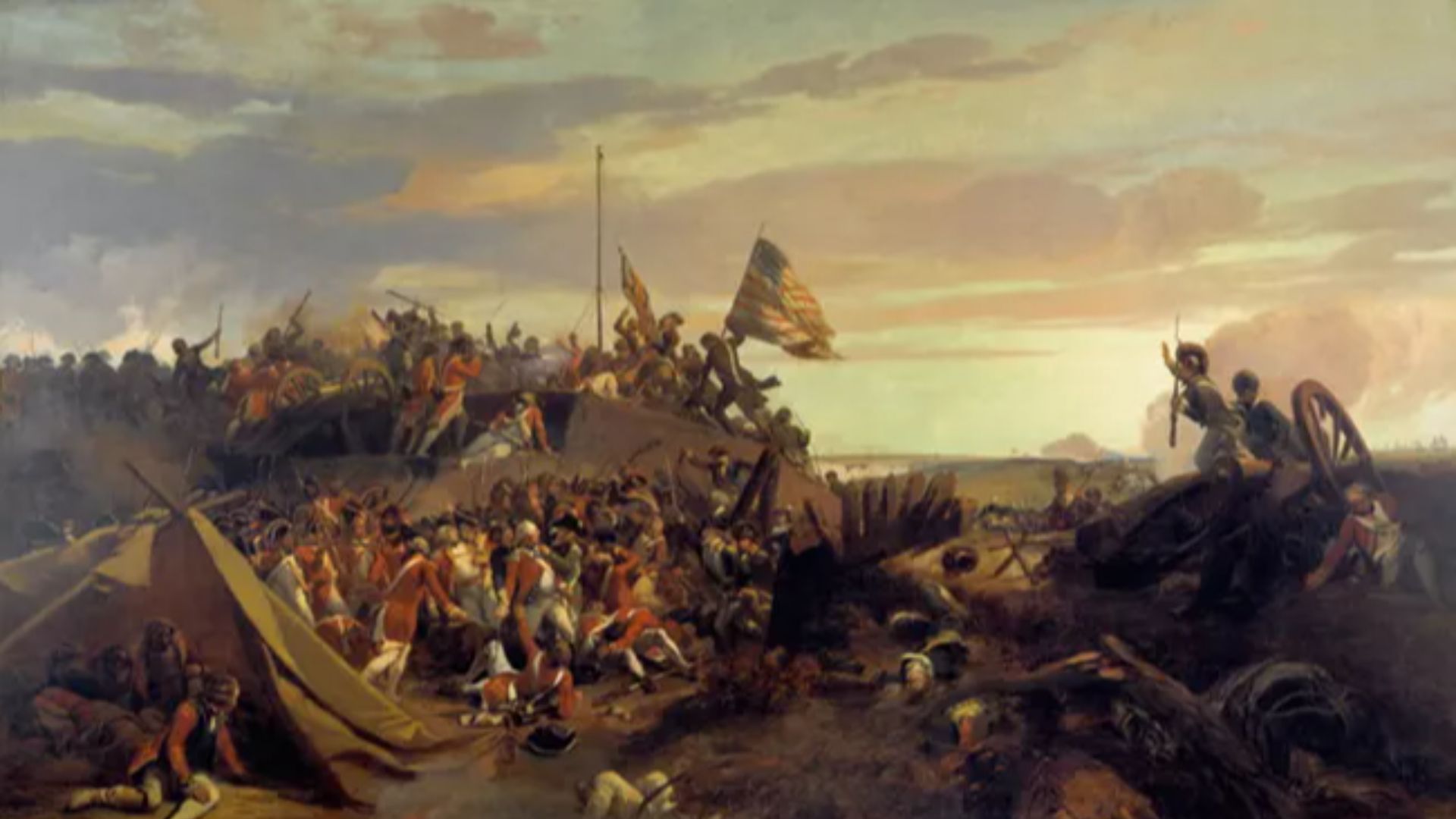 Eugene-Louis Lami, 1840 on Wikimedia
Eugene-Louis Lami, 1840 on Wikimedia
13. A Change In Leadership
Following the outcome of the war, Lord North would be replaced by a few Prime Ministers (some of which the king despised) before finally settling on William Pitt the Younger who would maintain his position for 18 years. During this time, King George III grew in popularity, even after the American loss, thanks to his image of being a continued faithful husband and a good father to his children.
14. The Beginning of the Madness
Unfortunately, these days were not built to last. By the 1780s, King George III began experiencing terrible mental and physical symptoms from his unexplainable disease. Aside from experiencing serious pains and aches that led to things like vomiting, spasms, and swelling, he had behavioral changes too such as speaking endlessly until he was foaming at the mouth. His descent into "madness" was much more complicated though.
15. An Incorrect Diagnosis
In a time when medicine and health practices were not yet advanced, doctors were not equipped to deal with King George III's condition. That was when they hired Dr. Francis Willis, a doctor who worked at an asylum for the mentally ill. Mental health issues were not acknowledged during this period, meaning the doctor's solutions for treating the king were considered normal, no matter how terrifying they may sound to us.
16. Horrifying Treatments
Whenever King George III displayed symptoms of his insanity, he would be forced to treatment that would not pass in modern society. From physically restraining him in a strait jacket to prescribing medicine that made him vomit and purposefully blistering his skin, nothing was a permanent fix. After all, they had no idea what they were dealing with.
17. He Was Almost Kicked Off The Throne
With the king becoming more deranged by the day, Prime Minister Pitt and other members of Parliament grew increasingly concerned about his ability to lead. In 1789, they nearly passed the Regency Bill which would've allowed his son, the Prince of Wales, to lead temporarily in his place, but by a miracle, George made a recovery before it could be passed.
18. A Downward Spiral
Now back in the captain's seat, King George III had a new war at hand to deal with. The French Revolution began in 1789, and by 1793, France had declared war officially on Great Britain. Alongside Pitt, the king worked with him to handle the crisis, adding to his popularity. But by 1810, he had experienced a few relapses from his illness and was now almost blind due to cataracts.
19. The Final Days Of King George III
After years of dealing with a variety of struggles, what finally took his last breath was the death of his favorite daughter, Princess Amelia. He was beyond devastated and by the end of 1811, he was deemed permanently insane. He approved the Regency Act 1811 which enabled his son to take his place as he had become completely unfit for duty. He lived out the rest of his days in Windsor Castle, developed dementia, became fully deaf and blind, and eventually died of pneumonia on January 29, 1820.
20. Modern Studies Have Found...
In 1966, a study was done by Ida Macalpine and Richard Hunter that brought a new perspective to the table. They concluded that King George III's condition was more physiological rather than psychological, and was a result of porphyria, a genetic disease that affects the nervous system. However, many modern researchers and historians claim this to be false, stating there isn't enough evidence and that he likely suffered from mental illnesses instead. Bipolar disorder is one of the most popular beliefs out there, but as King George III remains a figure from a time long lost, we'll never be able to say for certain.
KEEP ON READING

Was Caligula The Most Ruthless Roman Emperor?
Artur Matosyan on UnsplashRoman Emperor Caligula is one of ancient…
By Rob Shapiro Dec 18, 2025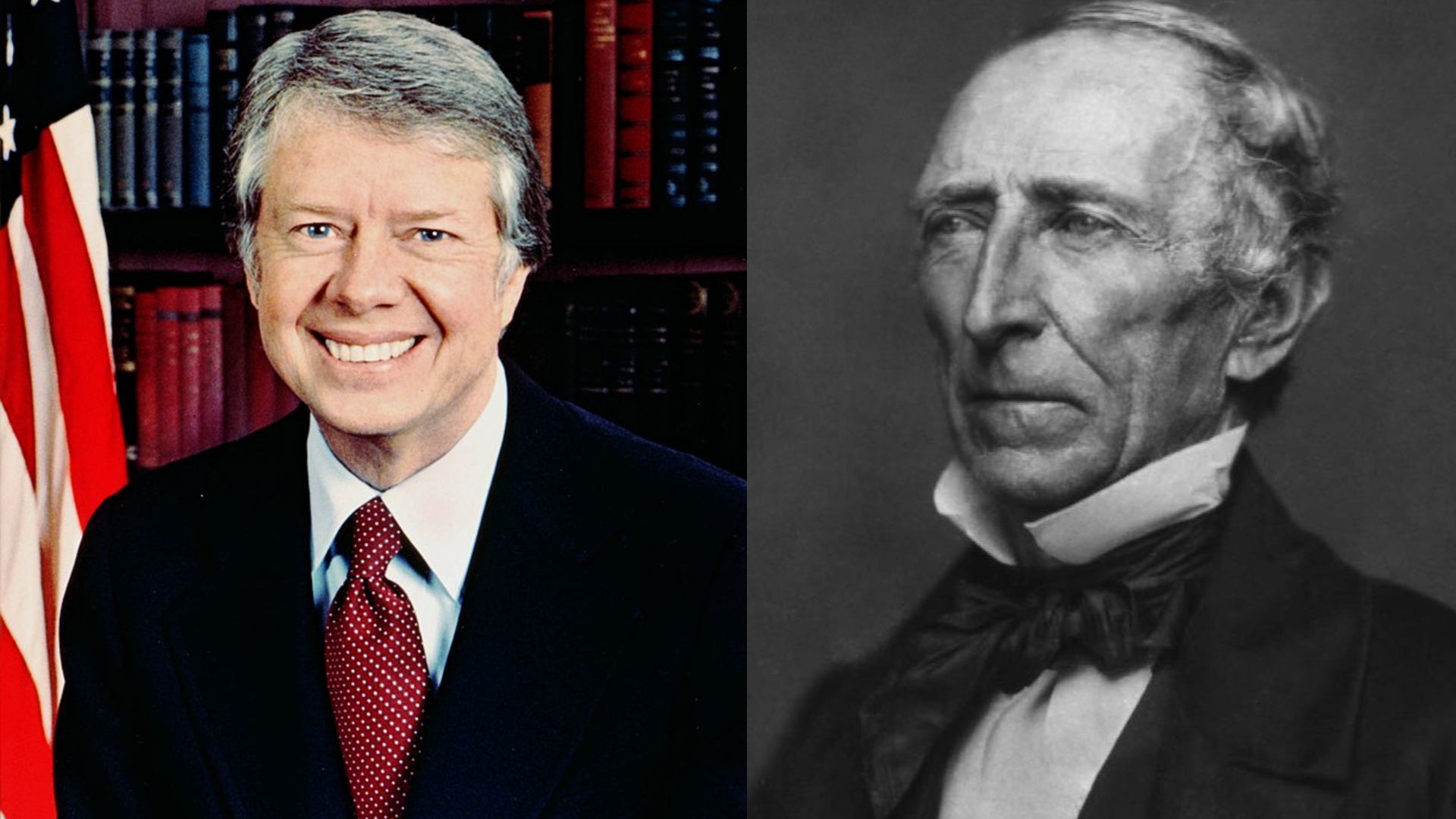
1 Weird Fact About Every President
Washington, Lincoln, FDR. Most people know something about the lives…
By Robbie Woods Dec 3, 2024
10 Actors Who Perfectly Played a Historical Figure & 10…
Which Performance is Your Favorite?. Playing the role of a…
By Rob Shapiro Sep 15, 2025
10 Actors Who Perfectly Played a Historical Figure & 10…
Portraying a real person from history is one of the…
By Noone Dec 17, 2025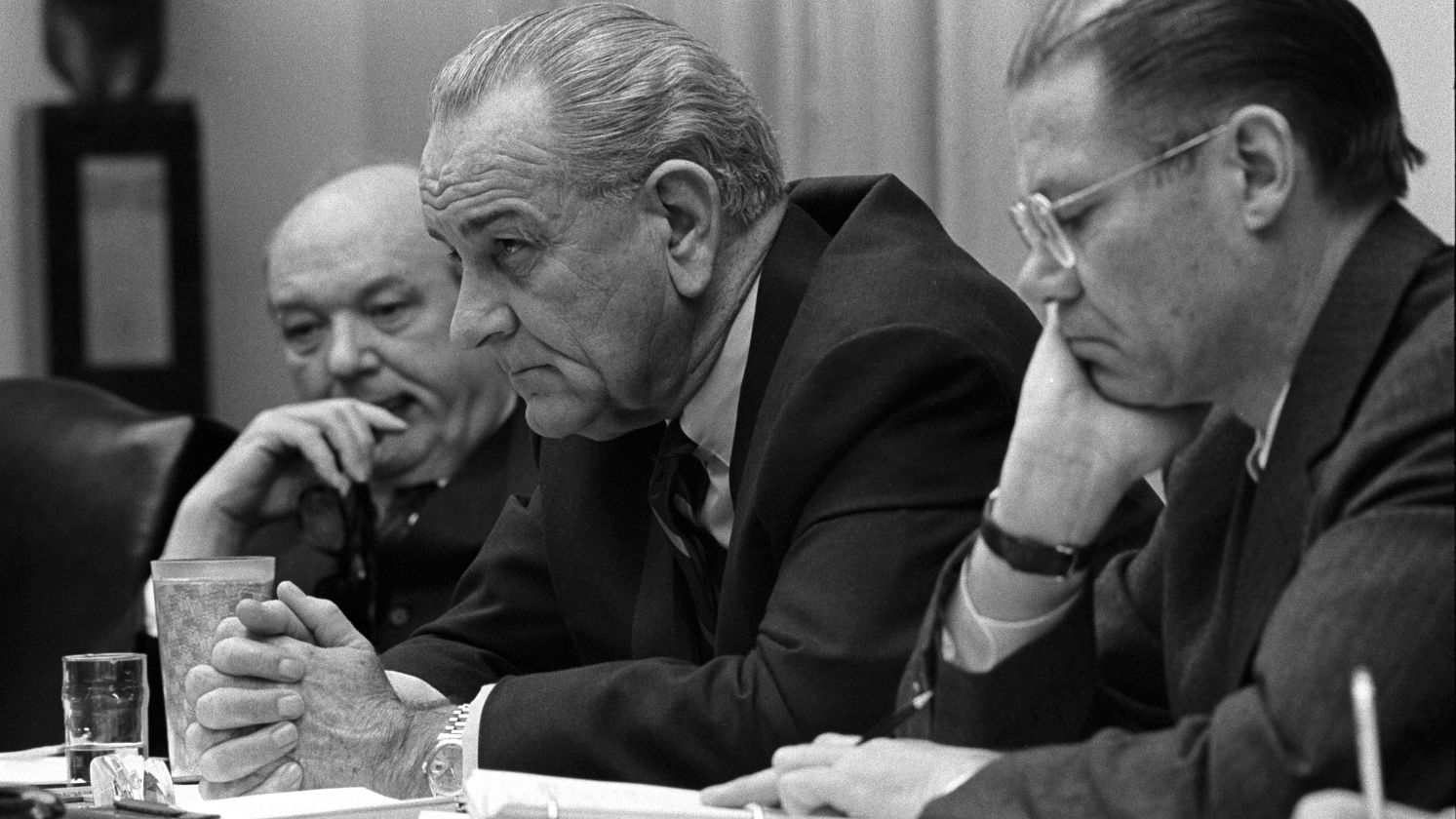
10 Actors Who Weren't Up To Playing A U.S. President…
Who Wouldn't Vote Woody Harrelson for President?. Actors who sign…
By Rob Shapiro Oct 22, 2025
10 Amazing Popes & 10 Who Weren't So Great
An Odd Cast of Characters Throughout History. From popes who…
By Henry Judd Apr 29, 2025

